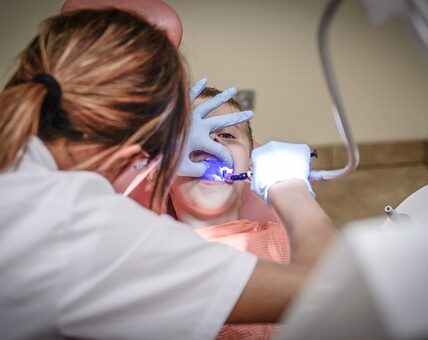Root canal therapy is a dental procedure aimed at treating infections and preserving teeth that have been damaged or decayed beyond the point where a simple filling can suffice. The process involves several steps, from initial diagnosis to post-treatment recovery. Let’s delve into each stage in detail:
1. Diagnosis and Evaluation
The first step in root canal therapy is diagnosing the need for the procedure. This typically involves a thorough dental examination, during which the dentist will assess the patient’s symptoms, examine the affected tooth, and take dental X-rays to evaluate the extent of the damage.
2. Anesthesia and Isolation
Once the diagnosis is confirmed, the dentist will administer local anesthesia to numb the area around the affected tooth. This ensures that the patient remains comfortable throughout the procedure. Next, the dentist will place a rubber dam or dental dam around the tooth to isolate it from saliva and other contaminants, providing a clean and sterile environment for the root canal procedure.
3. Access Opening
With the tooth isolated and the patient adequately numbed, the dentist will create an access opening in the crown of the tooth. This is typically done using a dental drill to remove the decayed or damaged portion of the tooth and gain access to the pulp chamber and root canals.
4. Pulp Removal
Once access to the pulp chamber is achieved, the dentist will remove the infected or damaged pulp tissue using specialized dental instruments called endodontic files. These files are carefully inserted into the root canals to clean out the infected tissue and debris, ensuring that the entire root canal system is thoroughly cleaned and disinfected.
5. Root Canal Shaping
After the infected pulp is removed, the dentist will shape the root canals to prepare them for filling. This involves using progressively larger endodontic files to widen and shape the canals, ensuring that they are free from any irregularities or obstructions that could harbor bacteria and cause reinfection.
6. Irrigation and Disinfection
Throughout the root canal procedure, the dentist will irrigate the root canals with antimicrobial solutions to flush out any remaining debris, bacteria, and disinfect the canals thoroughly. This step is crucial for ensuring the success of the treatment and reducing the risk of reinfection.
7. Root Canal Filling
Once the root canals are cleaned, shaped, and disinfected, they are filled with a biocompatible material called gutta-percha. Gutta-percha is a rubber-like material that seals off the root canals to prevent bacteria from re-entering and causing further infection. The access opening in the tooth is then sealed with a temporary or permanent filling to protect the root canal filling and restore the tooth’s structure.
8. Restoration of the Tooth
After the root canal procedure is completed, the tooth may require further restoration to rebuild its structure and function. Depending on the extent of the damage, this may involve placing a dental crown or filling to strengthen and protect the tooth against future damage. The dentist will discuss the appropriate restoration options with the patient to ensure optimal outcomes.
9. Post-Treatment Care and Recovery
Following root canal therapy, patients may experience some mild discomfort or sensitivity, which can typically be managed with over-the-counter pain medications. It is essential to follow any post-treatment instructions provided by the dentist, such as avoiding chewing on the treated tooth until it has fully healed and attending follow-up appointments for monitoring.
10. Follow-Up Appointments
Patients will typically need to schedule follow-up appointments with their dentist to monitor the healing progress and ensure that the root canal treatment was successful. During these appointments, the dentist may take dental X-rays to evaluate the integrity of the root canal filling and the surrounding bone structure.
Conclusion
Root canal therapy is a highly effective treatment for saving infected or damaged teeth and relieving pain and discomfort associated with dental infections. By following the steps outlined above, dentists can successfully treat root canal infections and restore the health and function of the affected teeth, allowing patients to enjoy a healthy smile for years to come. If you suspect that you may need root canal therapy, it is essential to seek prompt dental care to prevent further complications and preserve your oral health.
D. Dental’s Root Canal Therapy The Colony area offers expert services to address tooth infections. Utilizing advanced methods and skilled dentists, they deliver efficient treatment to salvage affected teeth. Count on D. Dental for exceptional care and a soothing environment throughout your root canal treatment.




